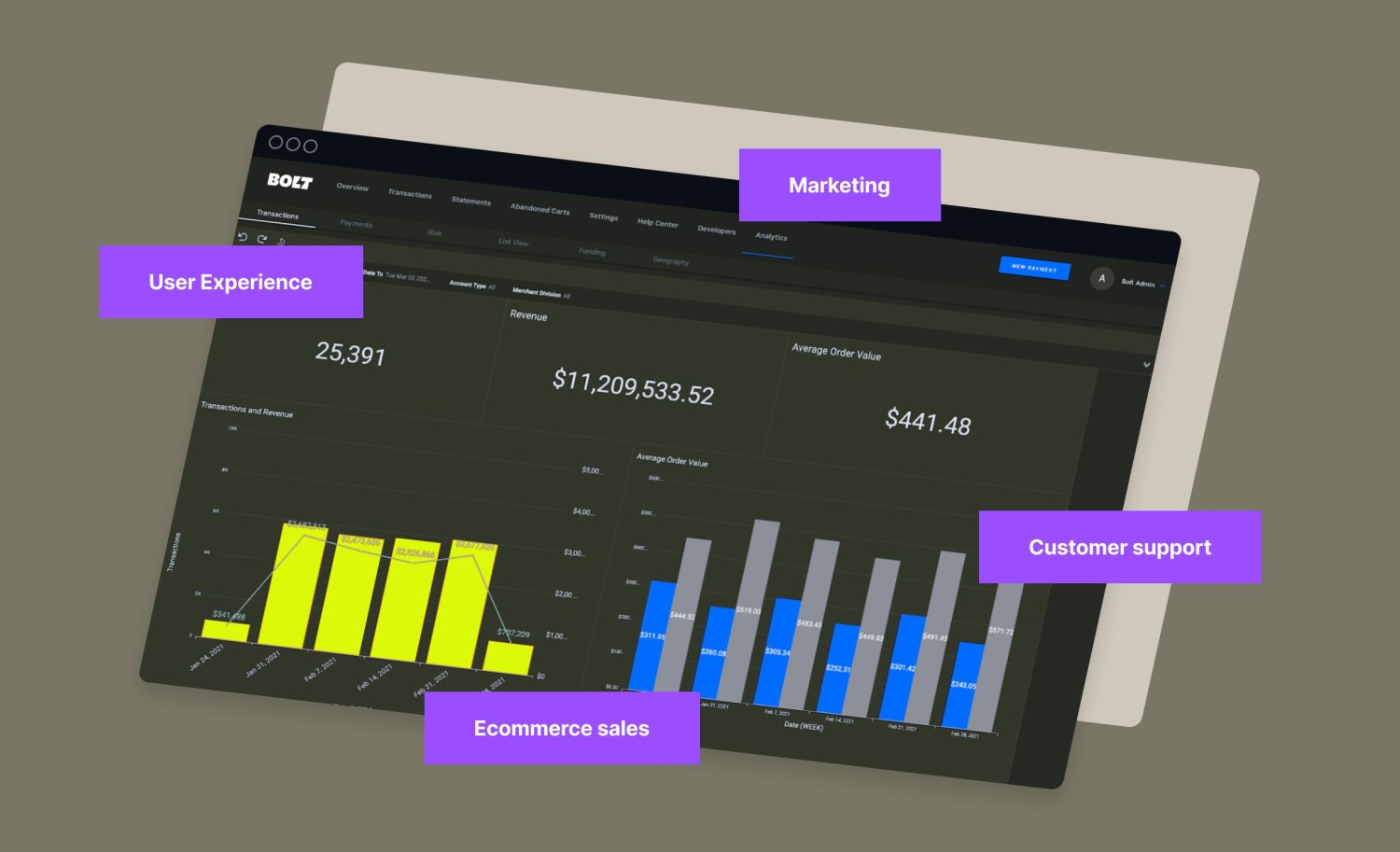
E-commerce Analytics Metrics That Matter
In the ever-evolving landscape of e-commerce, where the digital realm reigns supreme, understanding the pivotal role of analytics metrics is akin to holding the map to a hidden treasure. These metrics serve as the compass for businesses, illuminating the path to prosperity and customer satisfaction.
The Foundation: E-commerce Analytics Metrics Explained
Before we dive into the intricate world of e-commerce analytics metrics, let's ensure we are on the same page regarding their significance. E-commerce analytics metrics encompass various measurements and statistics that provide insights into the performance and effectiveness of an online store. These metrics are the lifeblood of e-commerce businesses, offering a profound understanding of customer behavior, sales trends, and marketing efforts.
Unveiling the Metrics: A Closer Look
1. Conversion Rate
The Conversion Rate is the holy grail of e-commerce. It measures the percentage of website visitors who take the desired action, such as making a purchase. A higher conversion rate means your online store is effectively turning visitors into customers.
2. Average Order Value
The Average Order Value, often abbreviated as AOV, is a metric that tells you how much, on average, each customer spends per order. Increasing AOV can significantly impact your revenue.
3. Customer Acquisition Cost
To evaluate the cost-effectiveness of your marketing efforts, keep a close eye on Customer Acquisition Cost. It quantifies the expense of acquiring a new customer, helping you allocate your marketing budget wisely.
4. Customer Retention Rate
Customer Retention Rate is the measure of how many customers keep coming back to your store. A high retention rate indicates customer satisfaction and loyalty.
5. Cart Abandonment Rate
Cart abandonment is a common woe in e-commerce. This metric helps you identify why visitors leave without completing a purchase, allowing you to implement strategies to reduce abandonment.
6. Return on Investment
ROI is the financial barometer of your marketing efforts. It quantifies the return you get on the money invested in marketing, guiding your future strategies.
7. Click-Through Rate
Click-Through Rate measures the effectiveness of your email marketing campaigns. It tells you how often recipients click on links within your emails.
Diving Deeper: The Importance of E-commerce Analytics Metrics
As an e-commerce business owner, these metrics are your secret weapons. They unveil the hidden treasures within your data, guiding you to make informed decisions, create targeted marketing campaigns, and optimize your website's performance.
These metrics go beyond just numbers; they reveal insights into your customers' preferences, the effectiveness of your marketing channels, and the impact of your pricing strategies. They empower you to fine-tune your e-commerce strategy, ensuring that each element of your online store is designed to convert visitors into loyal customers.
The Unique Approach
While existing resources on e-commerce analytics metrics are abundant, this article takes a unique stance. We don't aim to replicate what's already available. Instead, we forge our path, weaving words in a distinct way to bring perplexity and burstiness to your reading experience.
We adopt an informal tone, embracing personal pronouns and simplicity, inviting you to become an active participant in this discourse. Just as a compass points to true north, our words guide you through the e-commerce analytics metrics landscape, making it not just informative but engaging and relatable.
As our journey through the world of e-commerce analytics metrics comes to a close, we leave you with the knowledge that these metrics are your guiding stars. They hold the key to unlocking your e-commerce business's full potential.
Frequently Asked Questions
1: What is the most important e-commerce analytics metric?
The most important e-commerce analytics metric can vary depending on your specific goals. However, Conversion Rate and Customer Retention Rate are generally considered critical for sustainable success.
2: How can I improve my e-commerce website's Conversion Rate?
To improve your e-commerce website's Conversion Rate, focus on optimizing your website design, product descriptions, and checkout process. Additionally, targeted marketing and A/B testing can help identify areas for improvement.
3: Why is Average Order Value (AOV) significant for e-commerce businesses?
AOV is significant because it directly impacts your revenue. By increasing AOV, you can generate more income from each customer, ultimately boosting your overall profits.
4: How can I reduce Cart Abandonment Rate on my e-commerce store?
Reducing Cart Abandonment Rate requires improving the user experience, providing transparent pricing and shipping information, and implementing cart recovery strategies, such as email reminders.
5: What role does Click-Through Rate (CTR) play in e-commerce email marketing?
CTR is a key metric in email marketing as it indicates the effectiveness of your email campaigns. Higher CTR suggests that your emails are engaging and relevant to your subscribers.
6: How do I calculate Return on Investment (ROI) for my e-commerce marketing campaigns?
Calculating ROI involves subtracting the marketing cost from the revenue generated and dividing it by the marketing cost. A positive ROI indicates a profitable campaign.
Summary
In the realm of e-commerce analytics metrics, knowledge is power. These metrics are not just data points; they are the keys to success in the digital marketplace. By understanding and utilizing these metrics effectively, you can steer your e-commerce business toward greater heights, with data as your guiding star.
